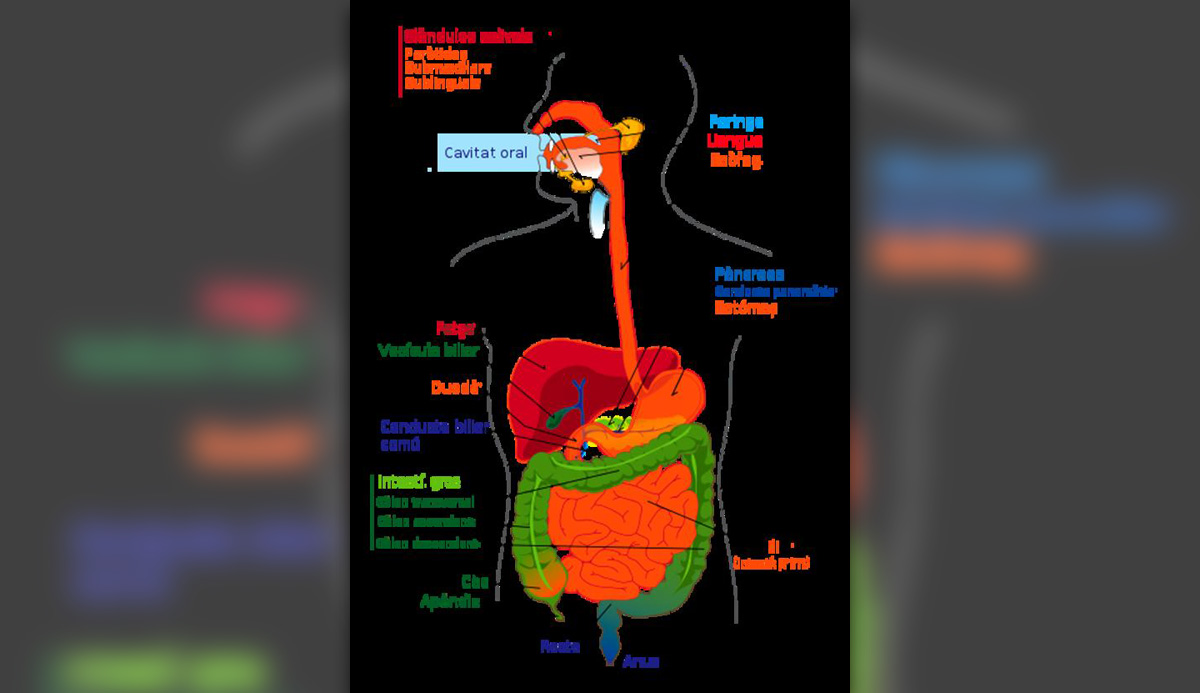
The stomach is the part of the digestive tract, positioned between the esophagus and the intestines. It receives food from the esophagus through a muscular valve known as the lower esophageal sphincter. The stomach is the site at which breakdown of food actually starts. In the stomach, the food bolus is converted into chyme with the help of gastric juices, enzymes and digestive hormones secreted by the organ. Chyme is released into the small intestine via the pyloric sphincter to be absorbed into the bloodstream.
The Stomach Anatomy
The stomach is a J-shaped sac-like organ located between the esophagus and the first section of the small intestine (the duodenum). It is found on the left side of the upper abdomen, under the ribcage. A volume of an empty stomach is about 50 mL while after a meal it expands to hold about 1 liter of food and it may expand up to 4 liters.
There are for sections of the stomach. The first section is known as Cardia and it receives the food from the esophagus through the lower esophageal sphincter (cardiac sphincter). The second section is the Fundus, which is formed by the upper curvature of the stomach. The Body is the central and the largest part of the organ while the Pylorus is the ending segment that is connected to the pyloric sphincter. Both lower esophageal and pyloric sphincter are muscular rings that control passing of food in and out of the stomach.
The stomach is made up of five layers. The innermost layer is the mucosa which produces gastric juices and stomach acid. The second layer is the submucosa, followed by the muscularis that creates the motion that mixes the food. The last two layers are the subserosa and serosa.
Functions of the Stomach
The stomach has three main functions. It serves to store the swallowed food bolus. Because it is a distensible organ, a person can eat big amount of food for a short time and digest it for longer period of time. Size of the stomach can be reduced by gastric bypass surgery which helps obese individuals to lose weight.
Another important function of the stomach is to breakdown food into small pieces to be released into the duodenum. For this phase of digestion, the stomach releases hydrochloric acid and other enzymes which also help to kill the bacteria and other germs. Muscular contractions of the stomach wall help to churn bolus into chime, which is a combination of food and gastric juices.
The third main role of the stomach is to pass partially digested chime into the small intestine via the pyloric sphincter. This process may last for 4-5 hours. Additionally, the stomach absorbs iron and highly-fat soluble substances.


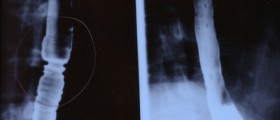
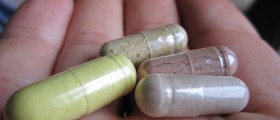





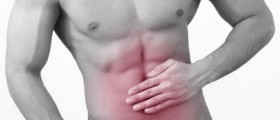


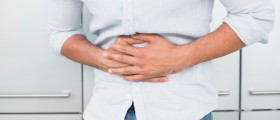
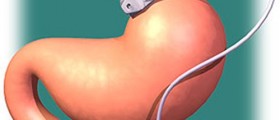
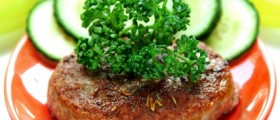

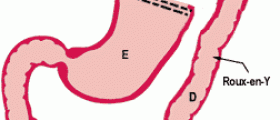
Your thoughts on this
Loading...